
As the summer heat waves envelop the bustling streets of New York City, a delightful and innovative solution has emerged to offer respite to its residents. Introducing Splash Spots, the vibrant fire hydrant caps that have taken the city’s neighborhoods by storm, turning mundane fire hydrants into whimsical waterpark-style attractions. Splash Spots are redefining how New Yorkers seek relief from scorching temperatures while also contributing to water conservation efforts.
Designers: Street Lab, Group Project, and Zulu Alpha Kilo (Splash Spots)
Traditionally, when the mercury climbs past 90 degrees Fahrenheit, New Yorkers have turned to the age-old practice of opening fire hydrants to cool down. However, this practice, while refreshing, can lead to wastage of a precious resource – water. With this challenge in mind, the ingenious minds behind Splash Spots embarked on a mission to offer a playful and eco-friendly alternative that combines fun with water conservation.
The streets of select neighborhoods in New York City now boast fire hydrants adorned with Splash Spots caps, which come in four vibrant colors, each providing a distinct water-splashing experience. Choose Sunshine for a burst of yellow radiance, scattering water rays in all directions. Opt for Blossom in red if you prefer a gentler cloud of refreshing water droplets.

But the real excitement begins with the green and blue caps – Jump Rope and Pinwheel. Jump Rope, the energetic green cap, releases a spinning cascade of water, inviting everyone to jump in and cool off. On the other hand, Pinwheel, the calming purplish-blue cap, offers three rotating streams of water for a constant and mesmerizing spray.
Splash Spots isn’t just about fun – it’s also committed to water conservation. Each cap features an innovative on-and-off function that significantly reduces water wastage. Compared to regular capped hydrants, Splash Spots release around 50 percent fewer gallons per minute, thanks to cleverly designed valves on the caps. This focus on water efficiency aligns perfectly with NYC’s ongoing efforts to manage and conserve its water resources.

Crafted from durable machine metal, Splash Spots caps ensure longevity and performance even in the demanding urban environment of New York. These caps not only serve as interactive installations but also as symbols of the city’s commitment to innovation, sustainability, and community engagement.
The success of Splash Spots is catching on quickly. On September 9th, 2023, Splash Spots will be unveiled in the 2219 Frederick Douglass Blvd. neighborhood, marking another exciting milestone. With a grand vision to adorn firehouses across all five boroughs, Splash Spots is turning its dreams into reality, one neighborhood at a time.
In a city that’s always evolving, Splash Spots stands as a prime example of how collaboration, creativity, and conscious design can come together to create experiences that enrich lives and drive change. Amidst the urban hustle, these Splash Spots create an oasis of joy, community, and responsible resource use – turning the ordinary into moments of play and connection. Don’t miss out on the Splash Spots revolution – dive in and make a splash!
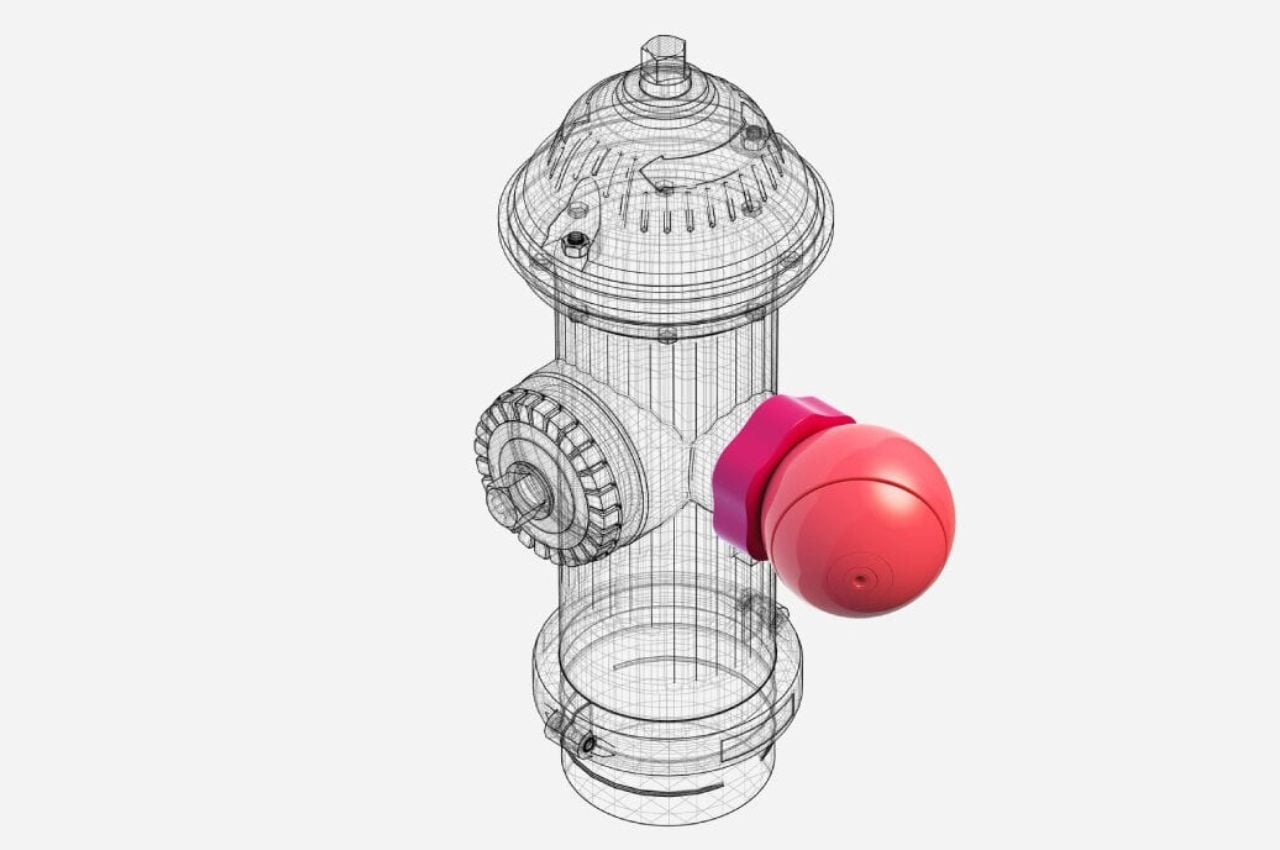

The post Beat the Heat with these Splash Spots Turning Urban Sidewalks into Waterparks in New York City first appeared on Yanko Design.
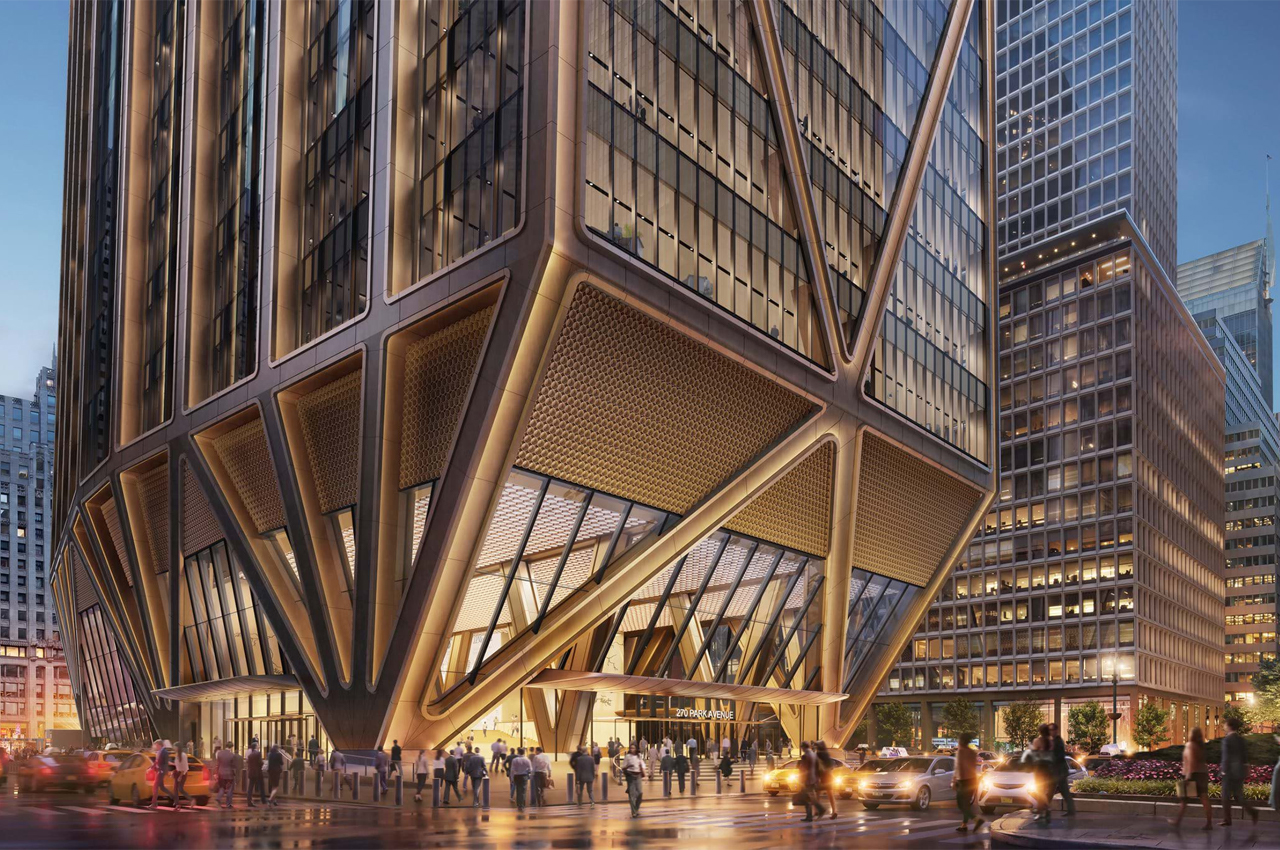
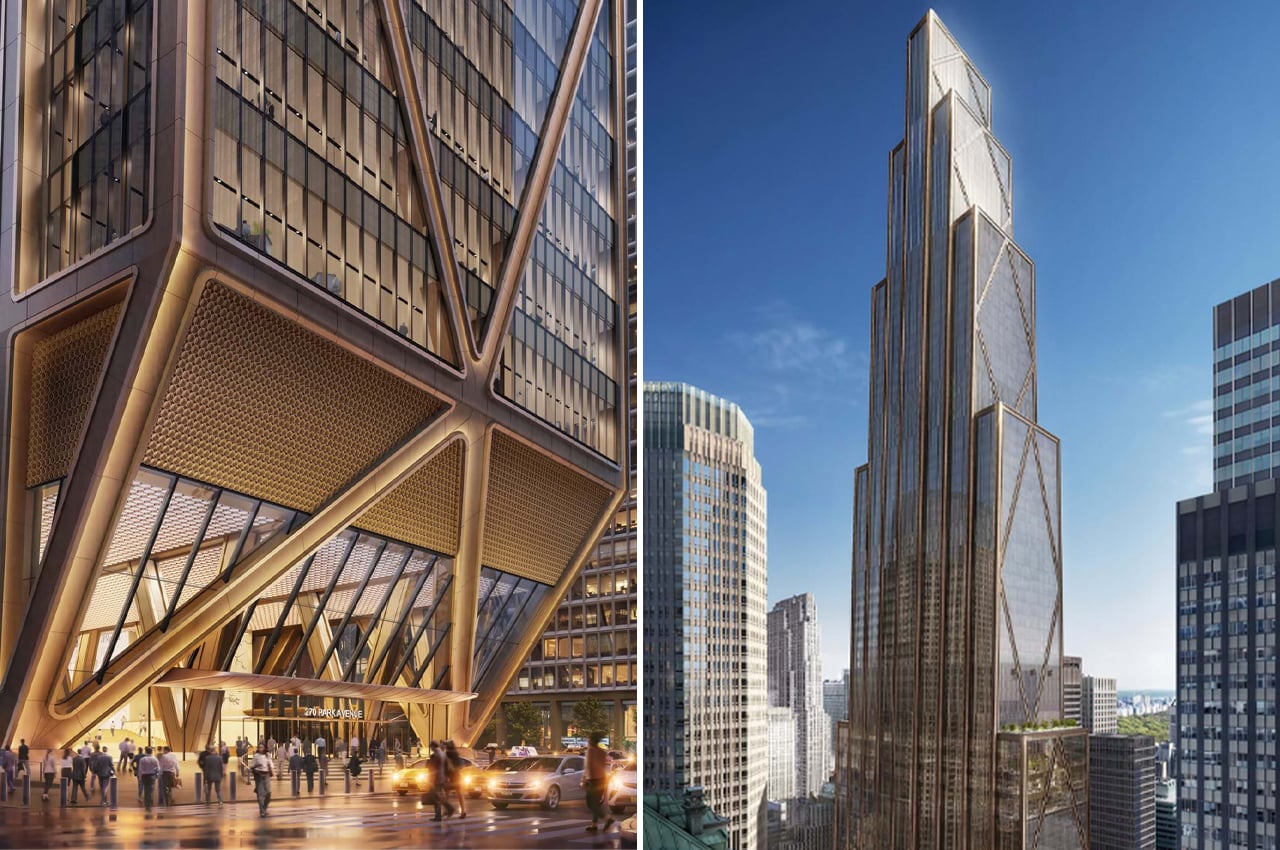
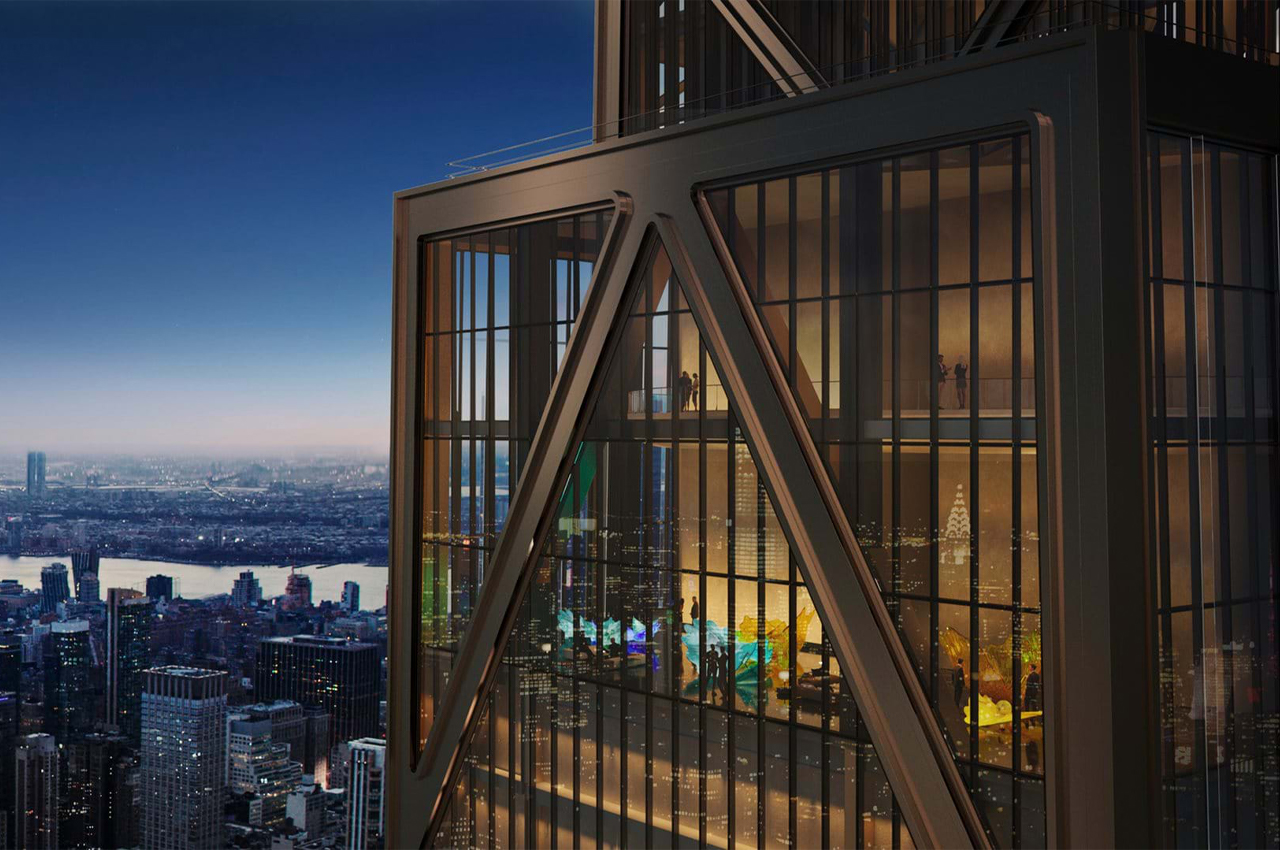
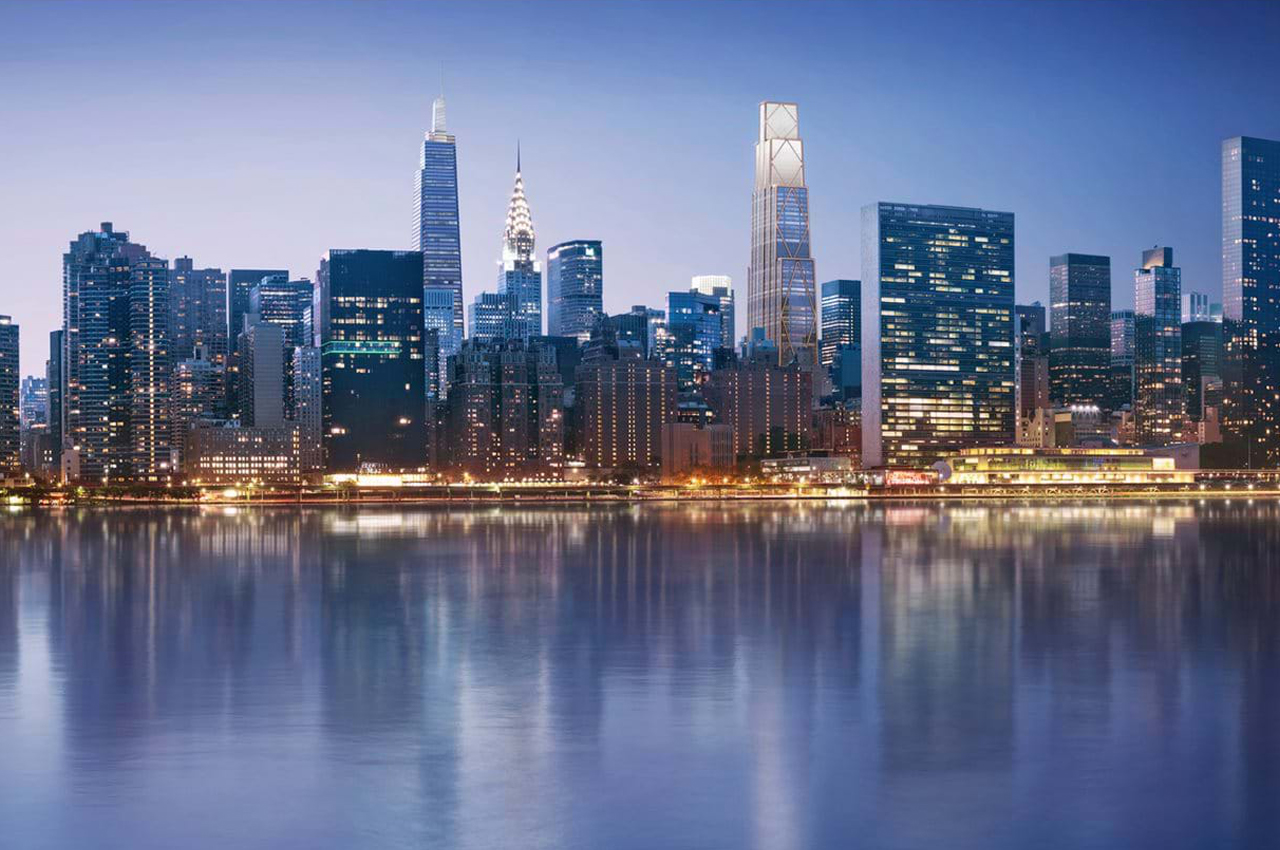
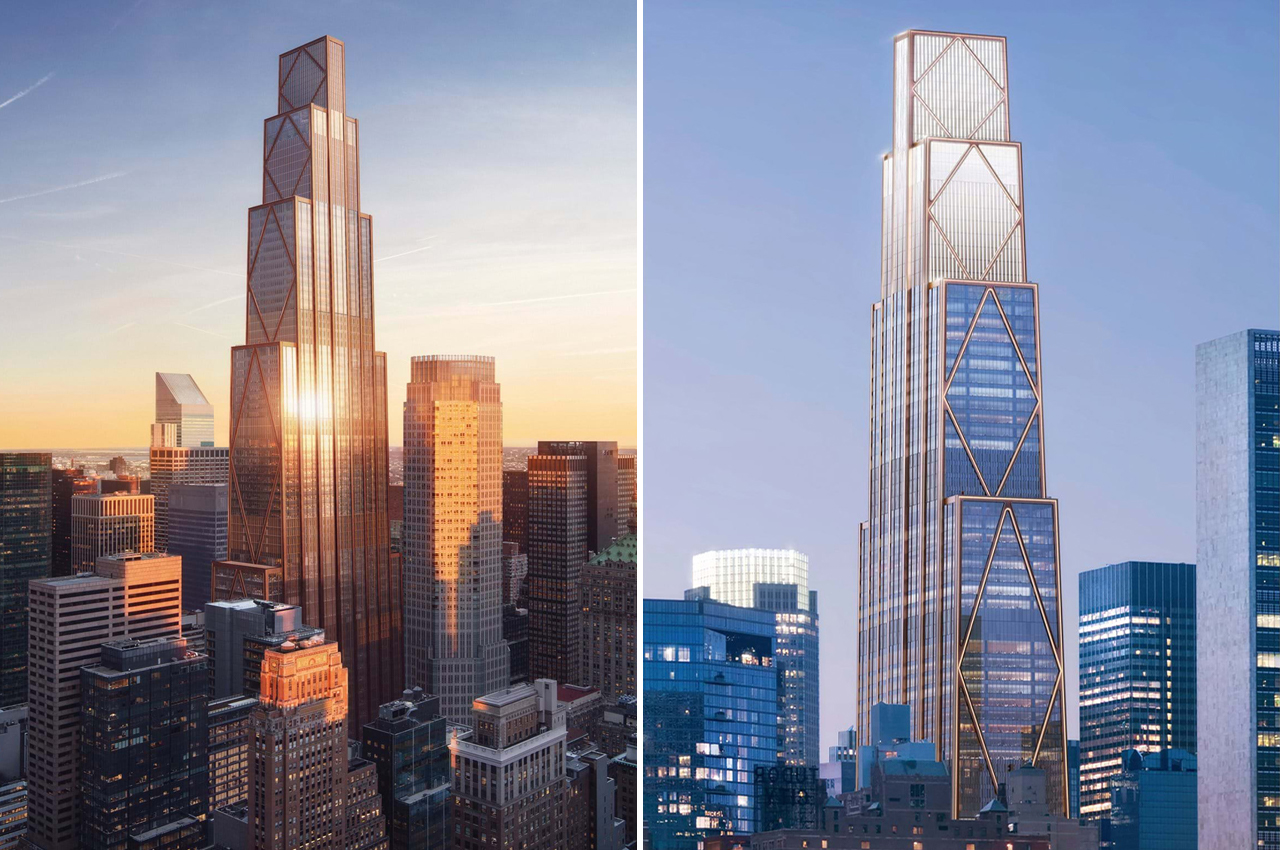
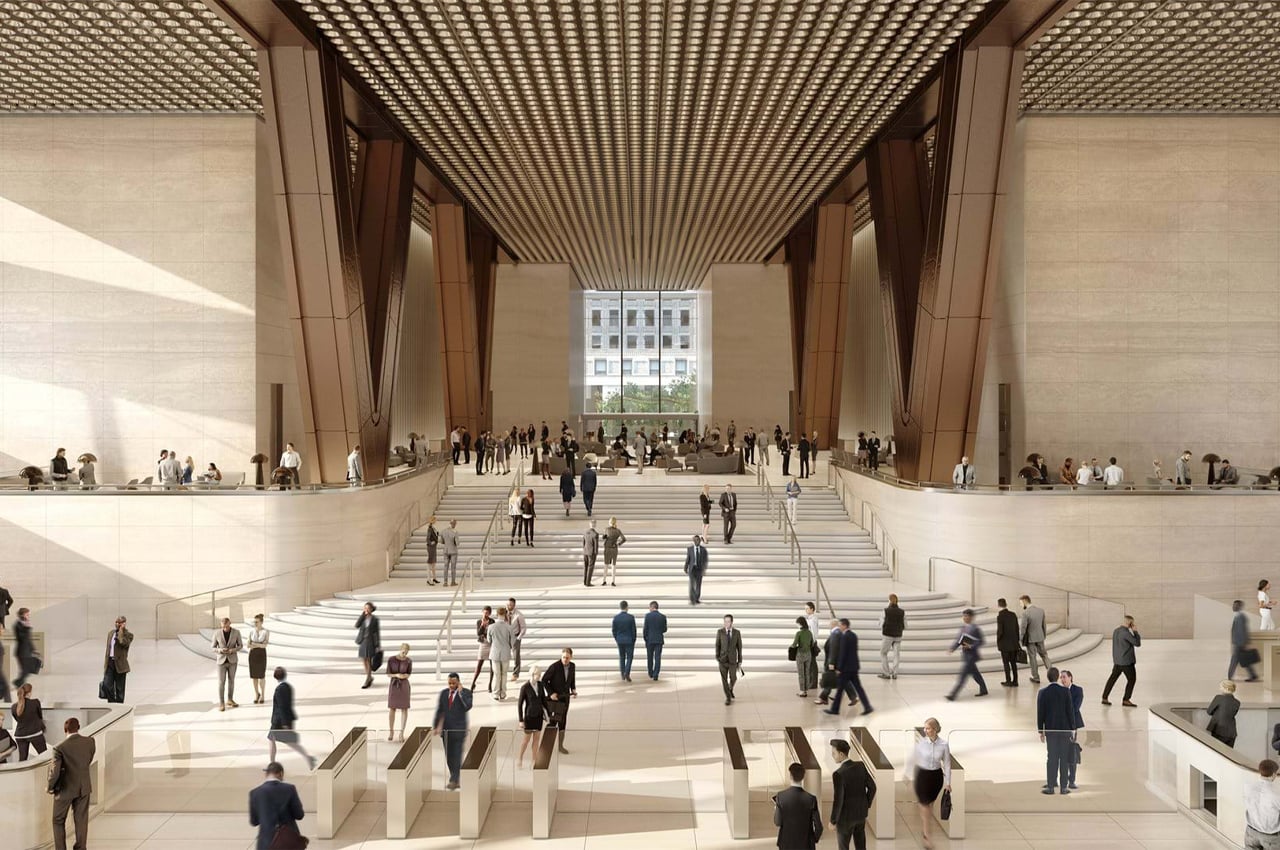
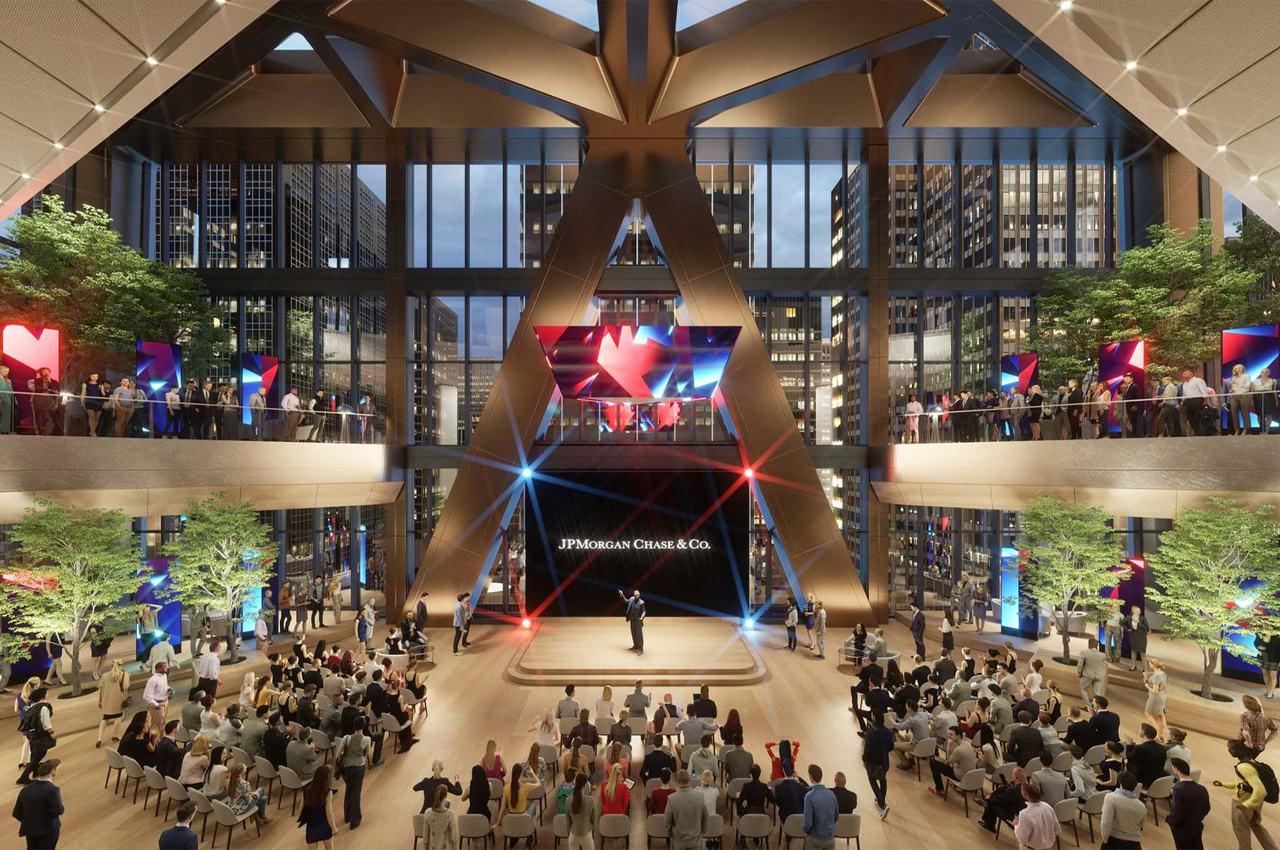
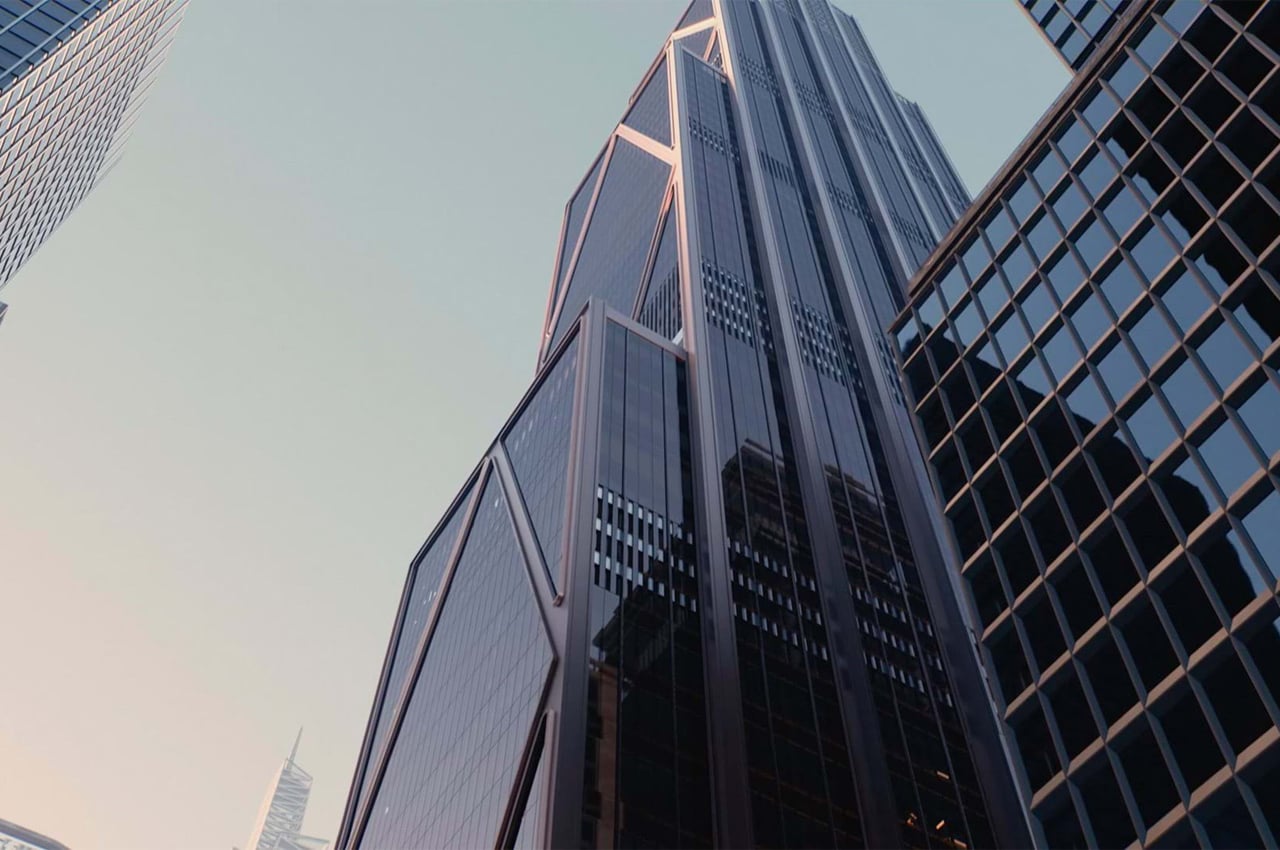
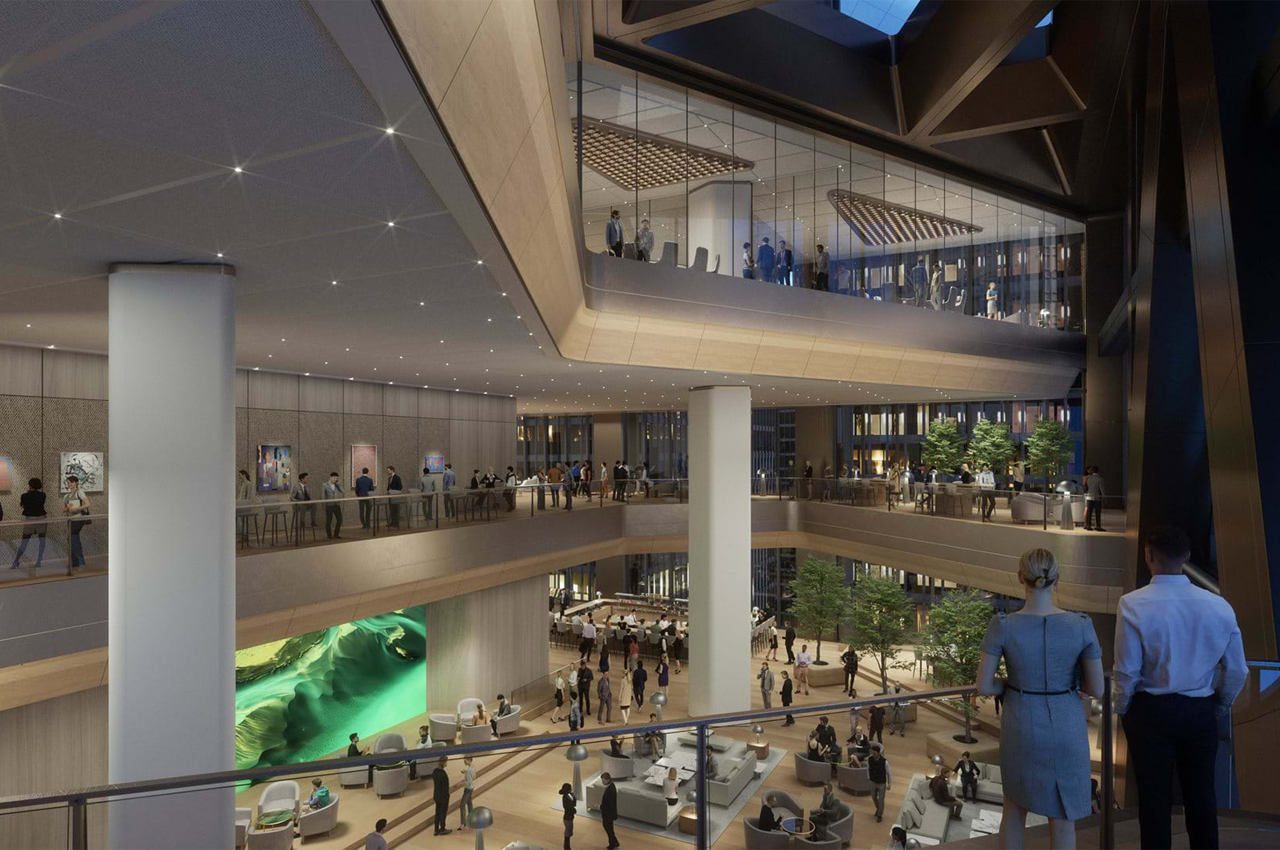
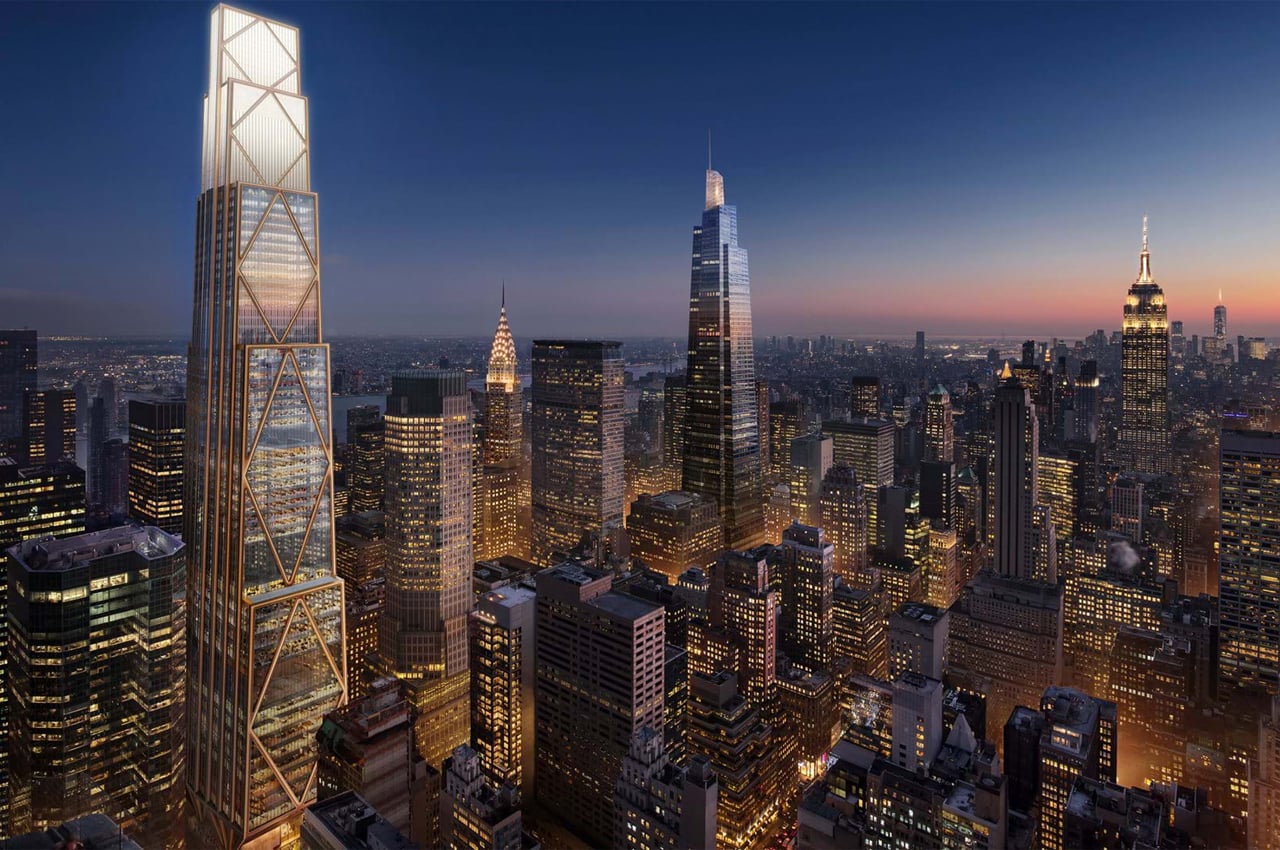
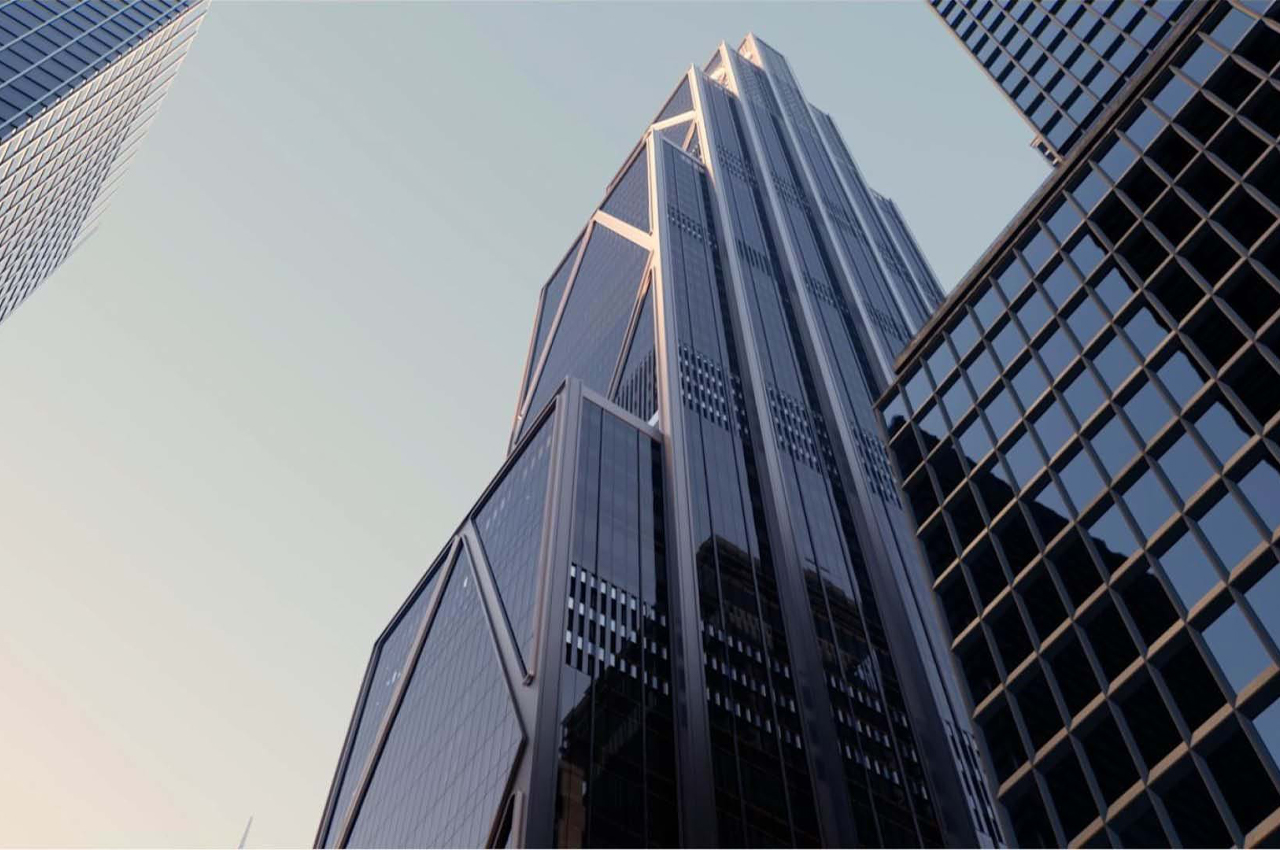









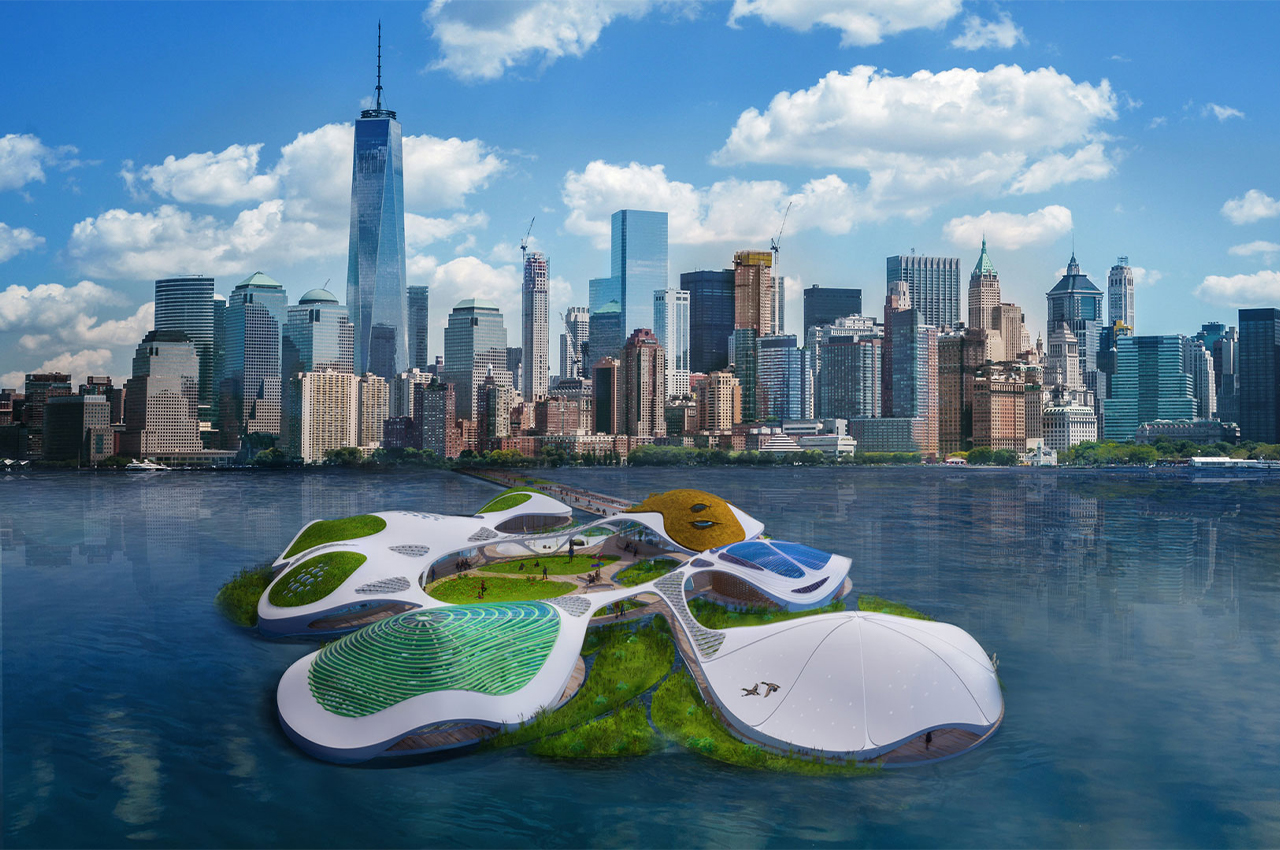
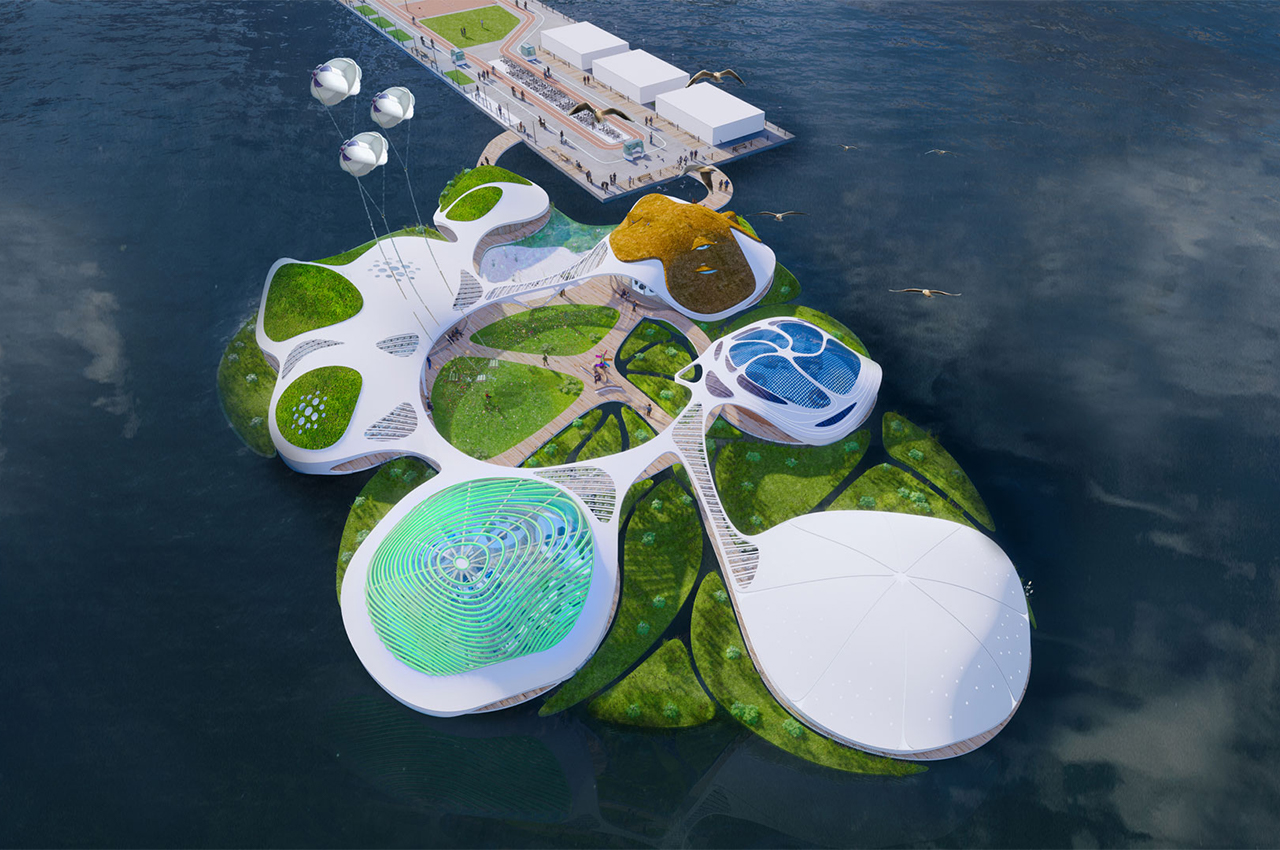
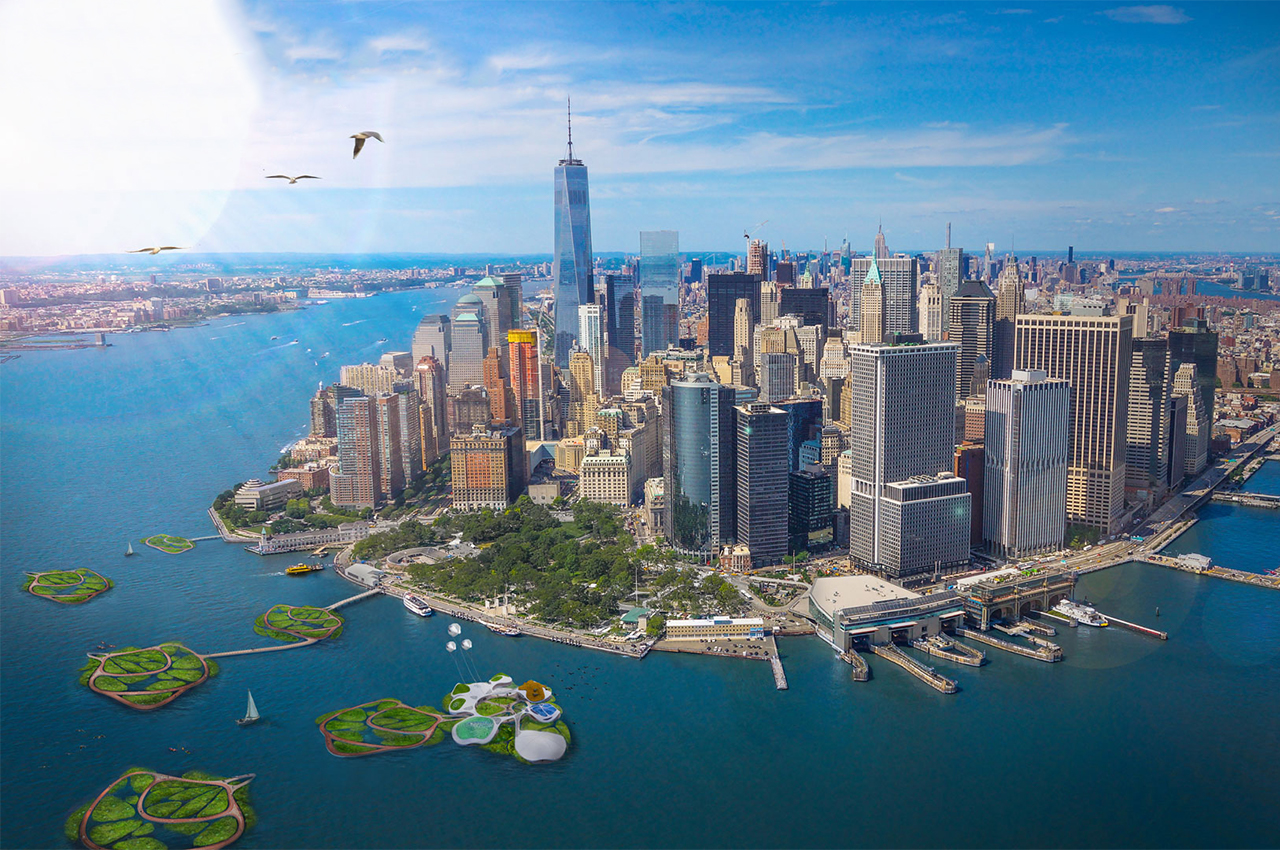
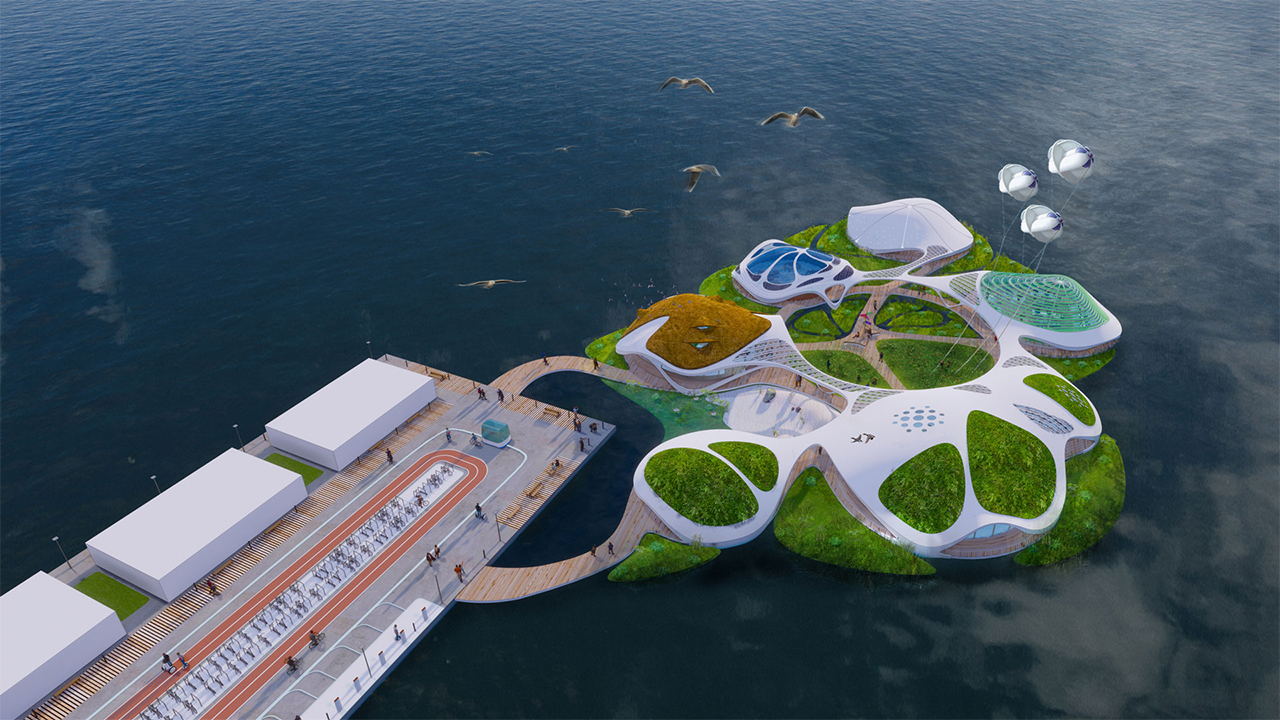
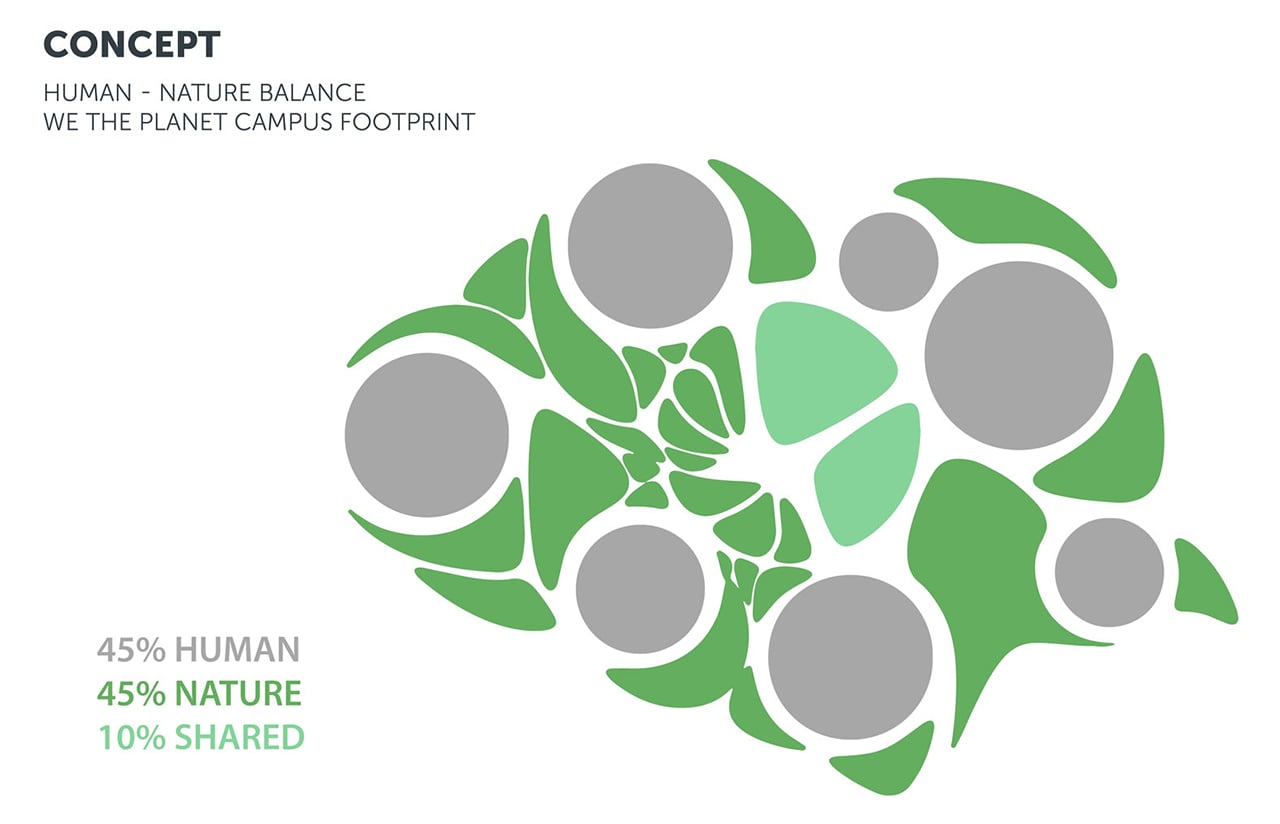
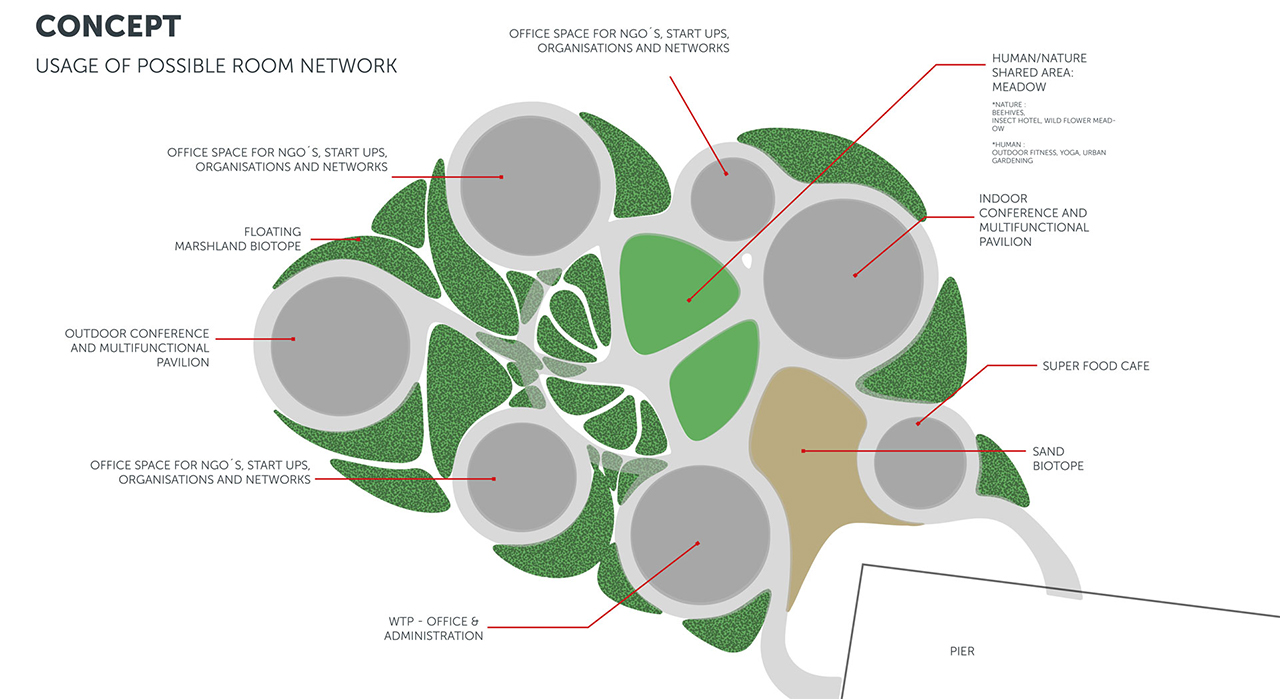
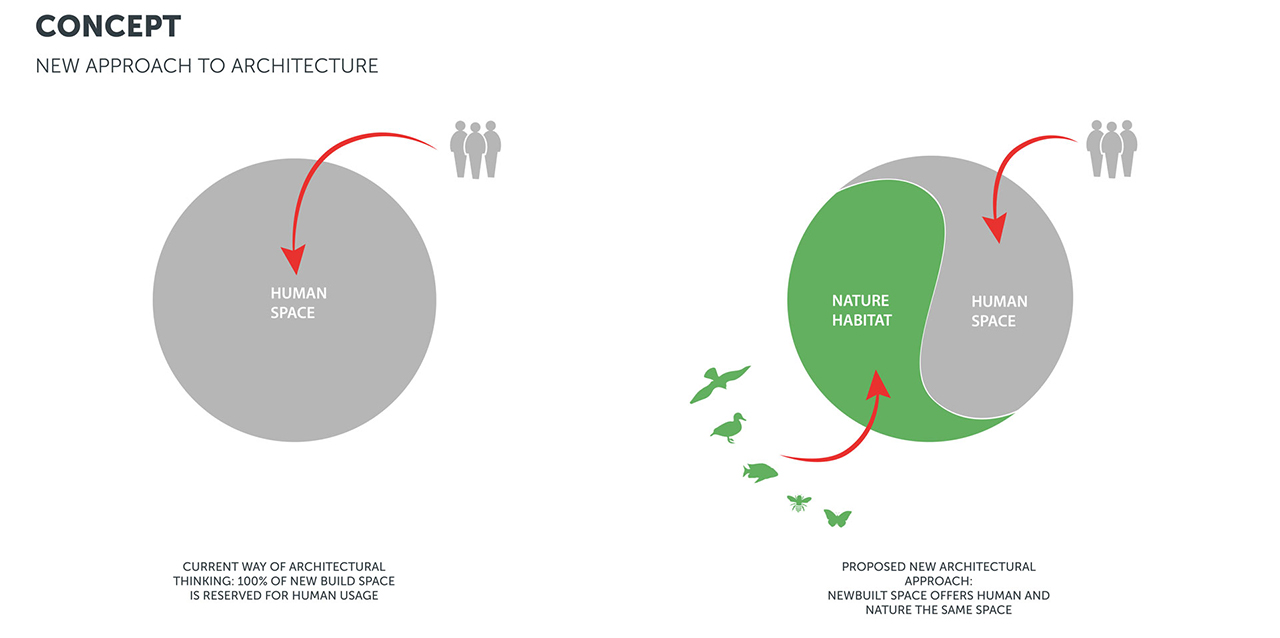
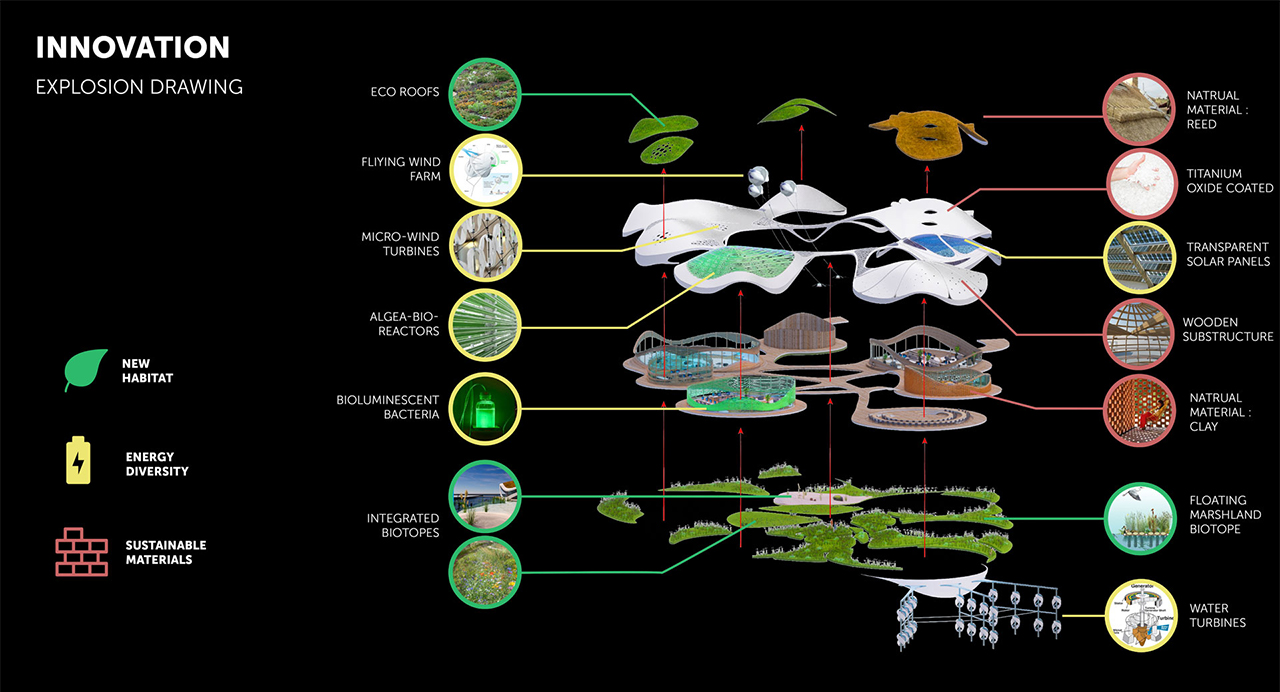
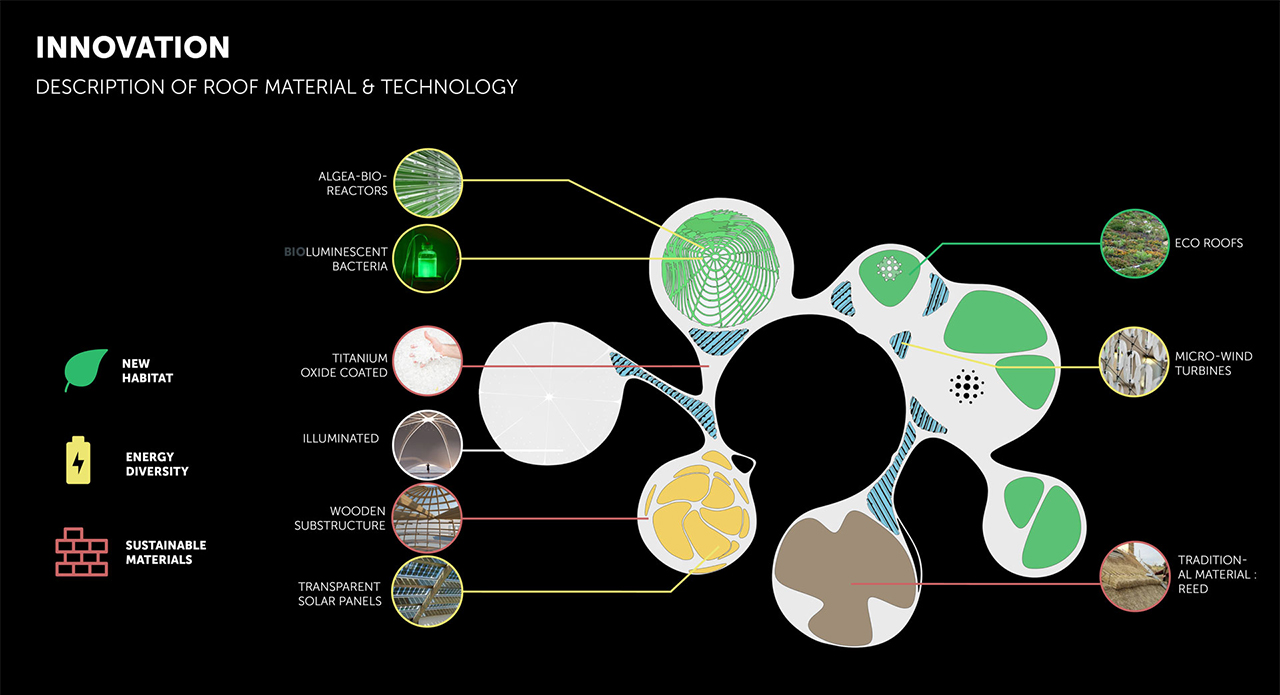
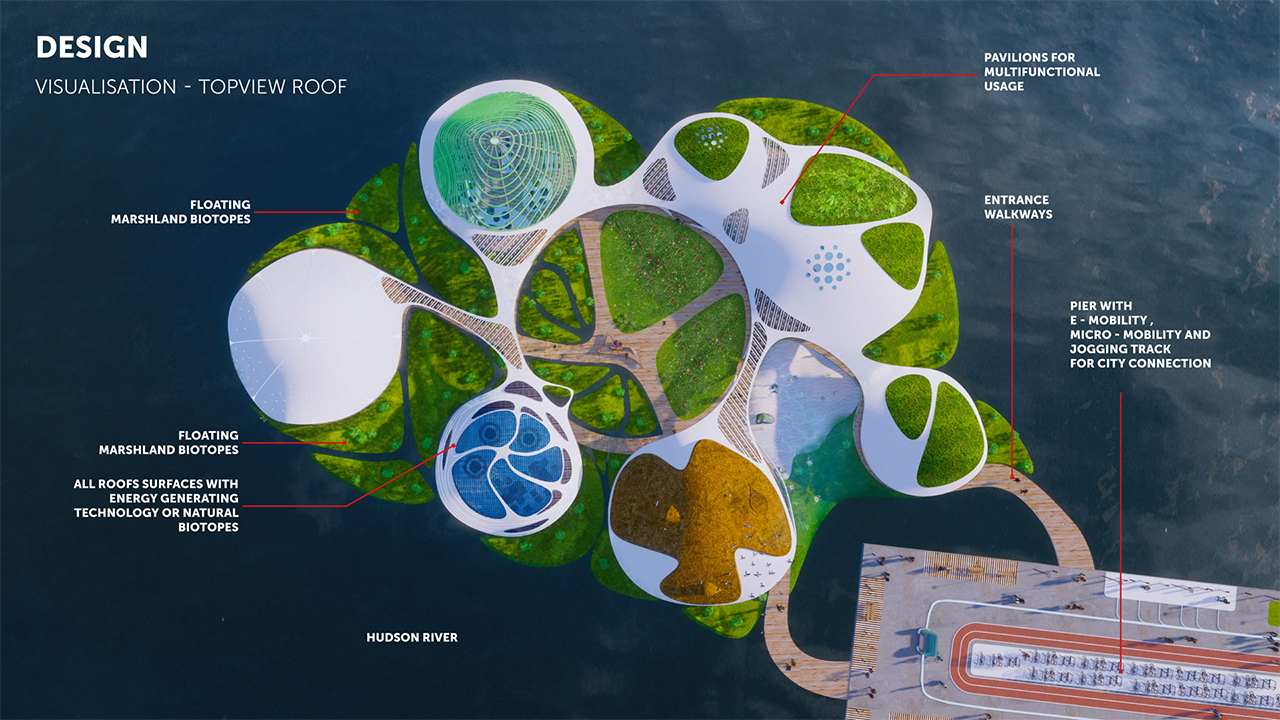
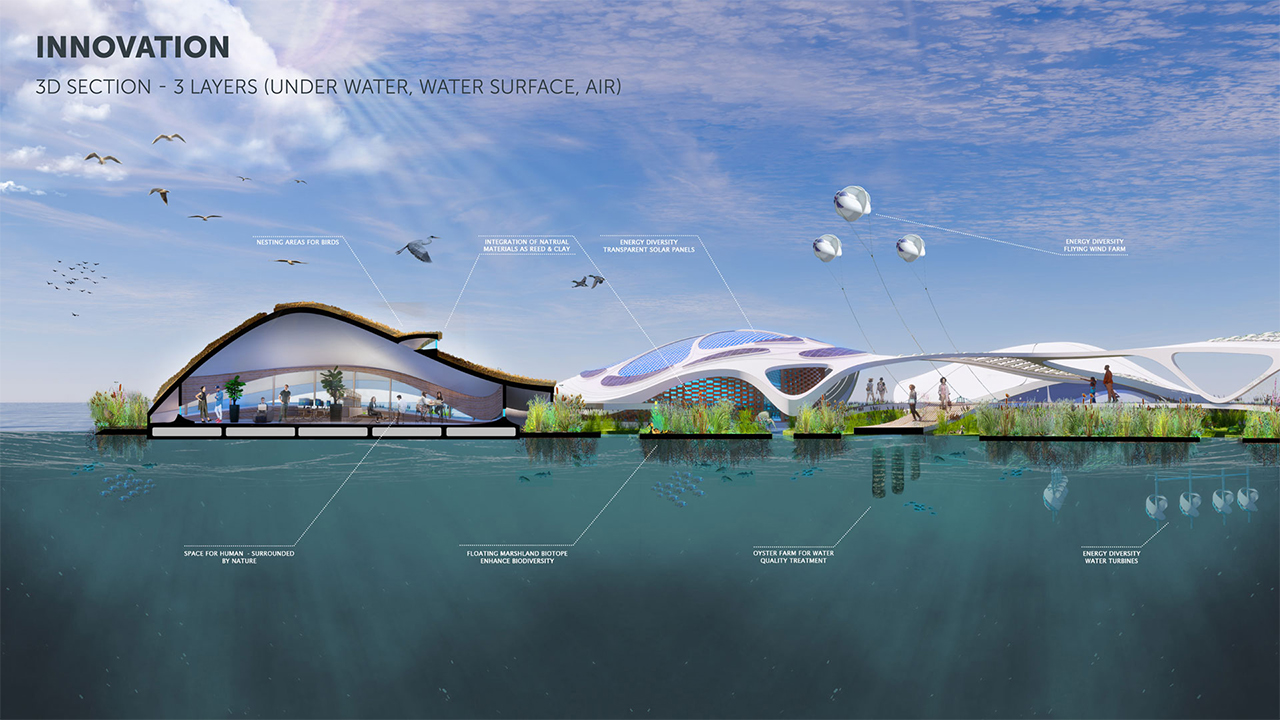
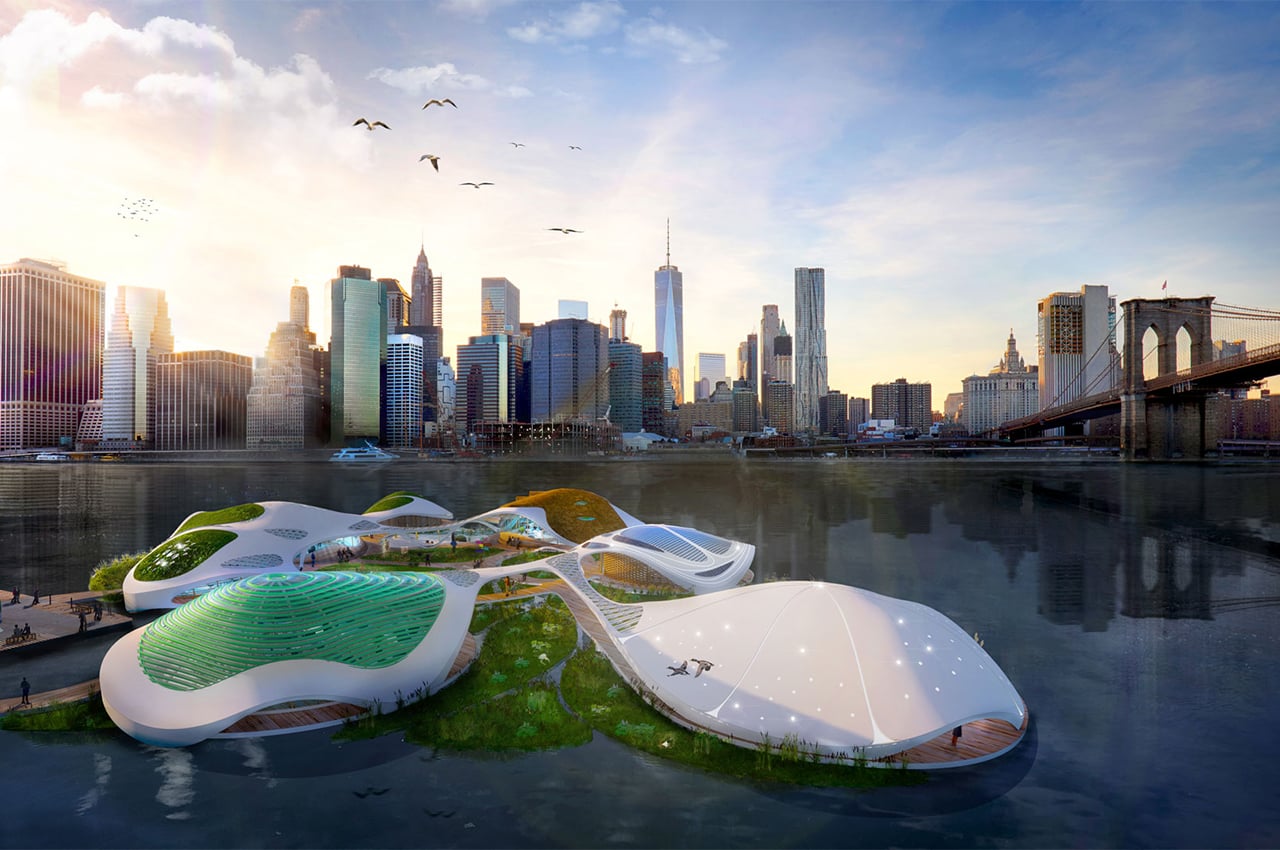
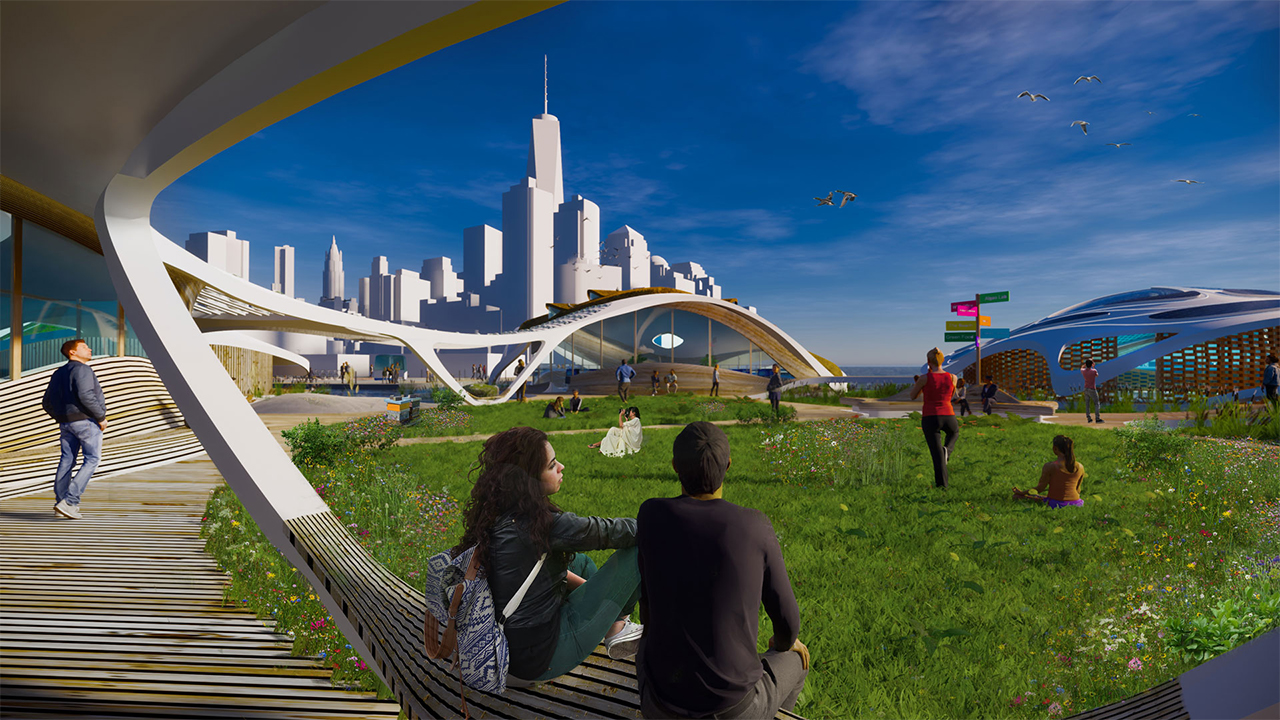
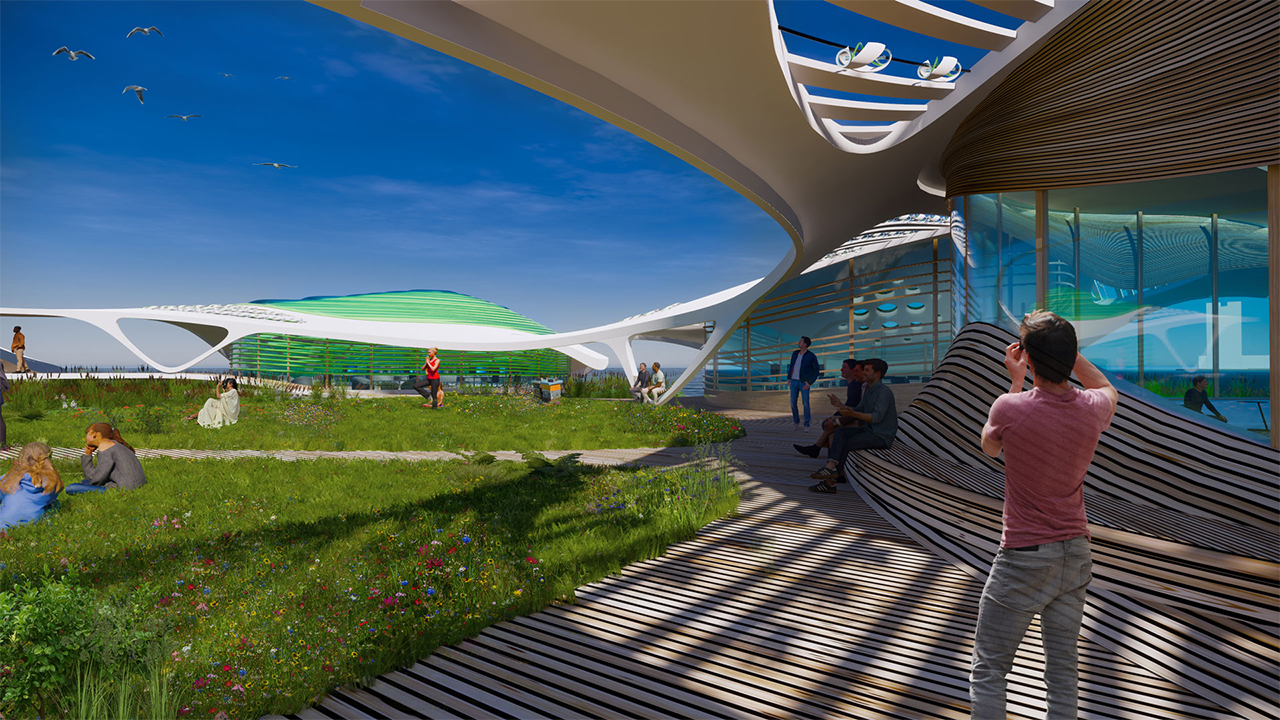
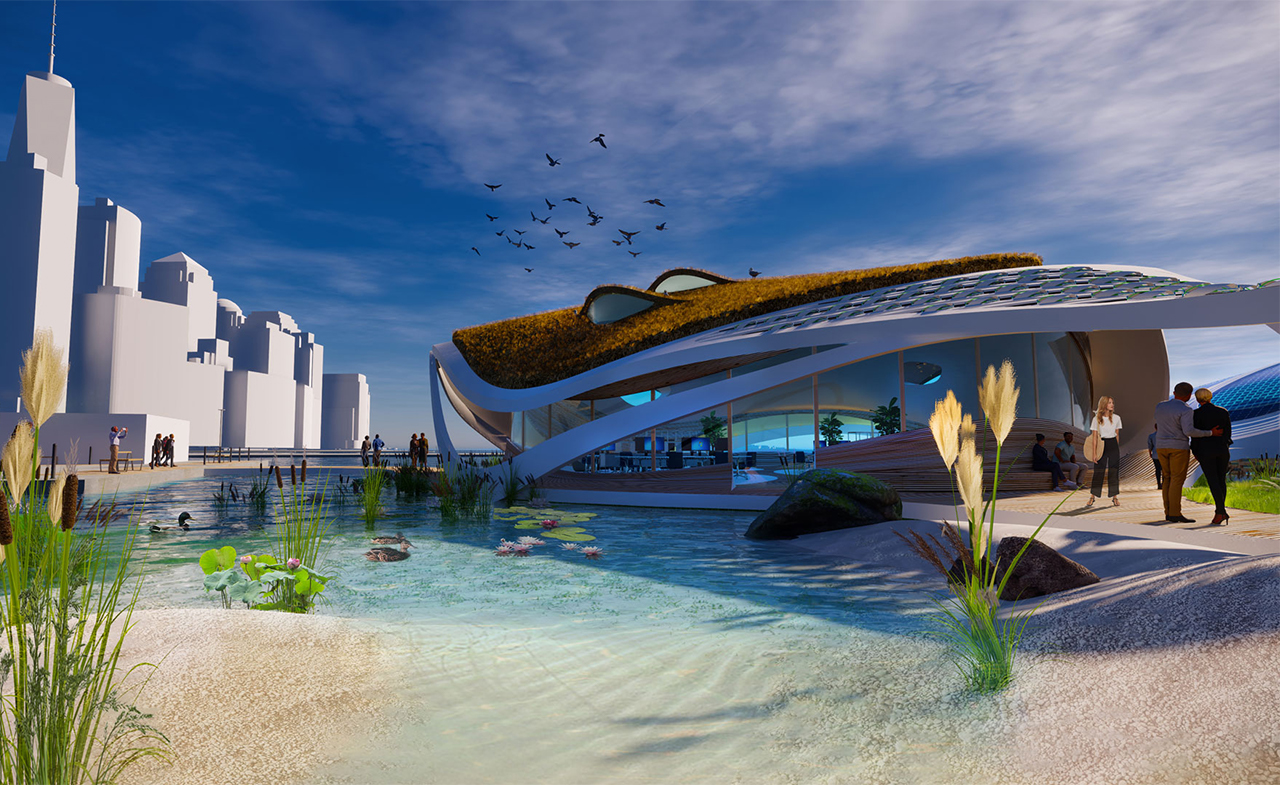
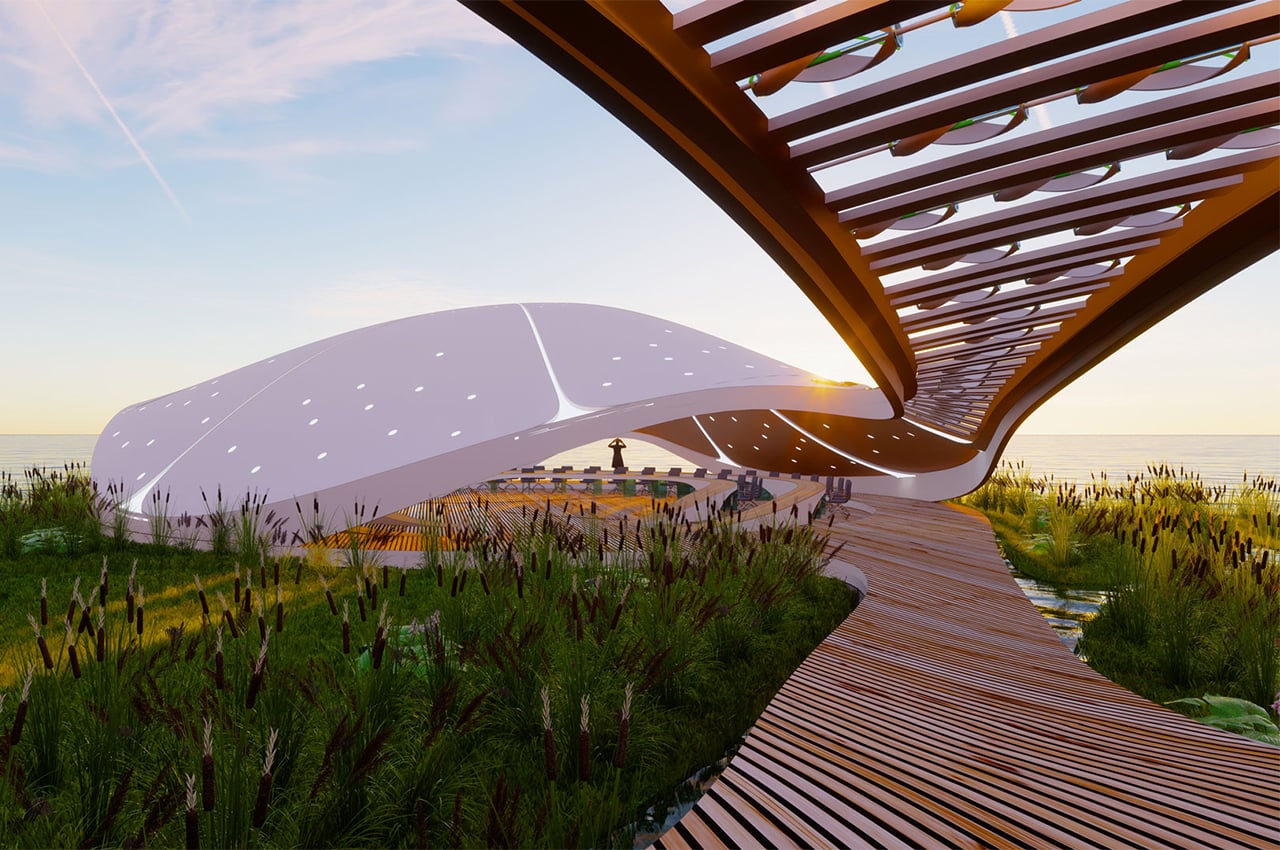
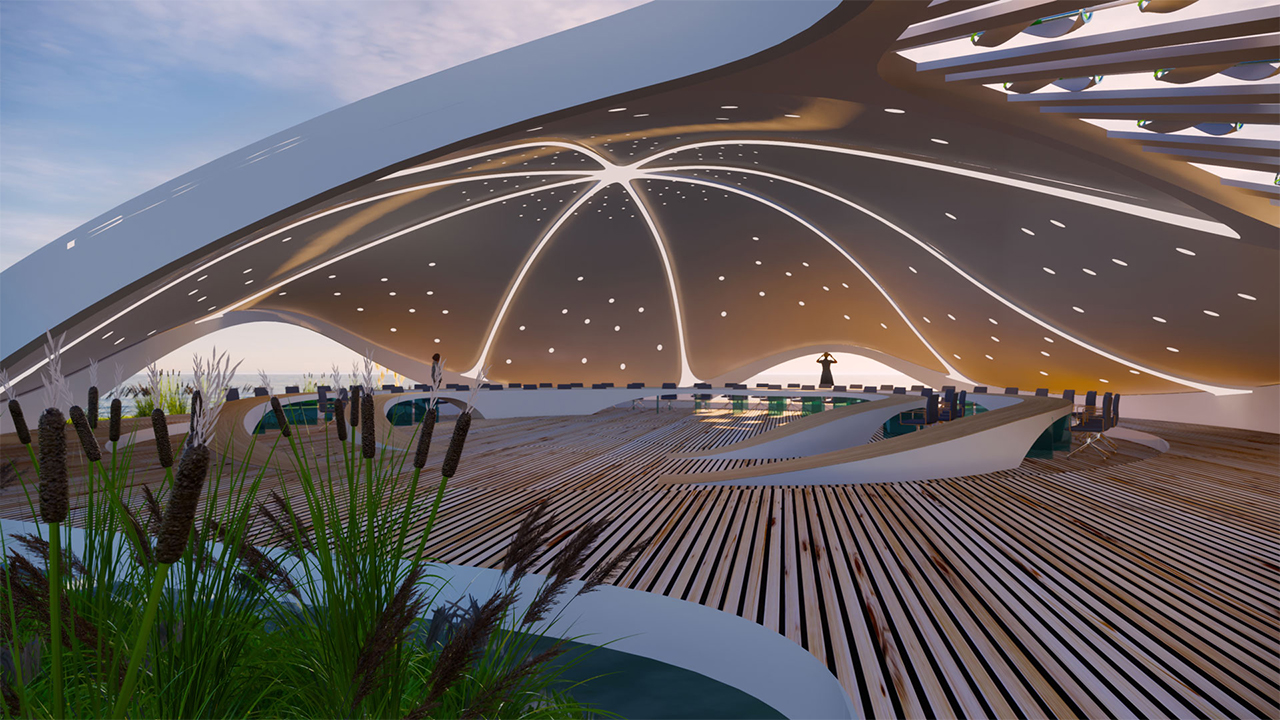
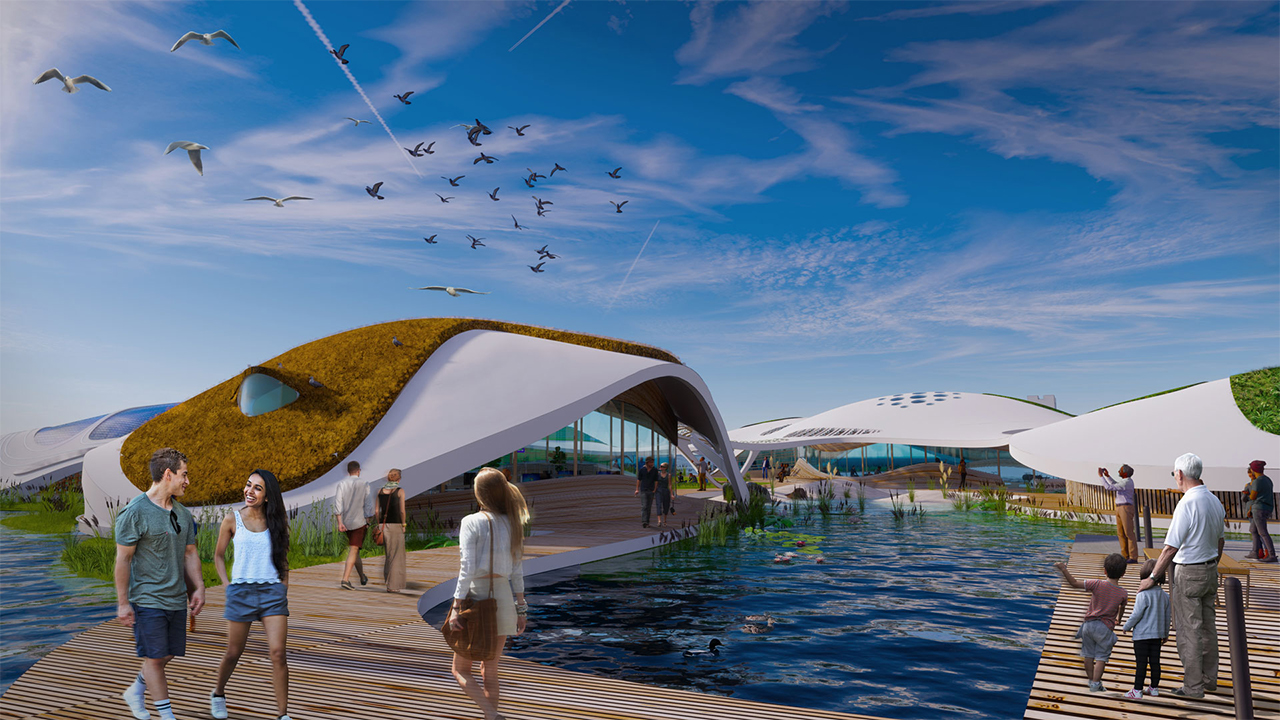
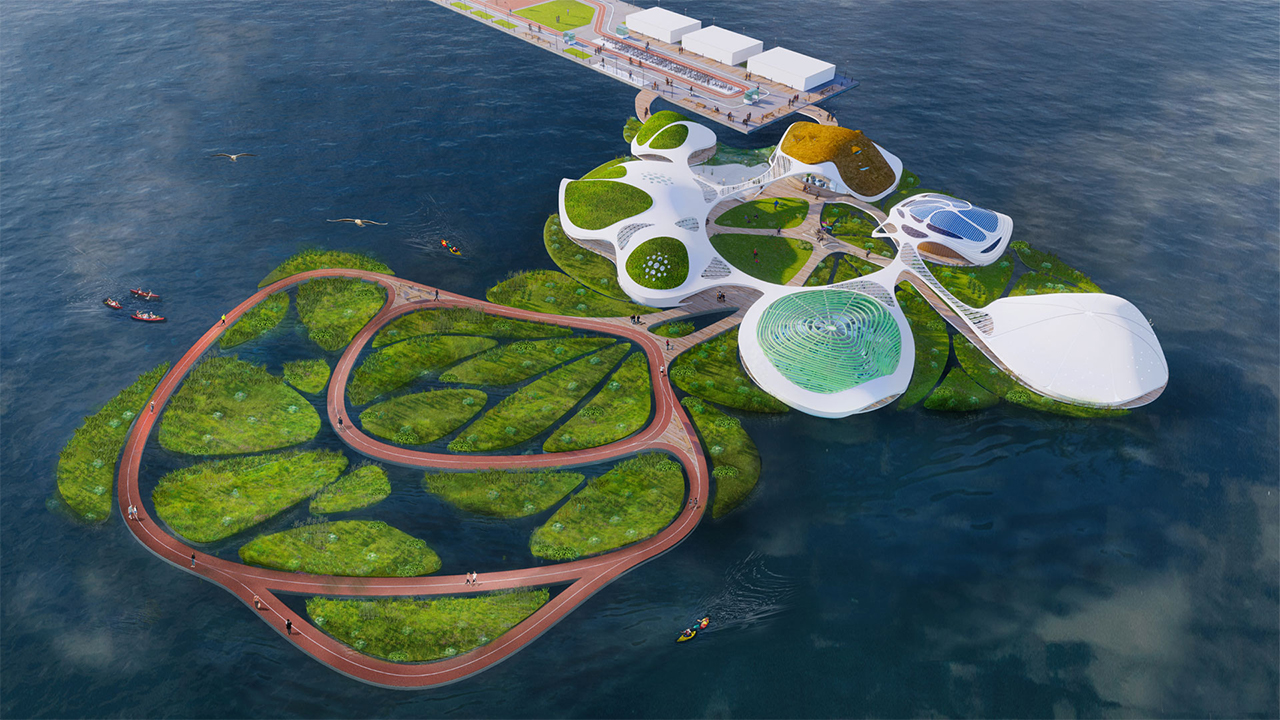
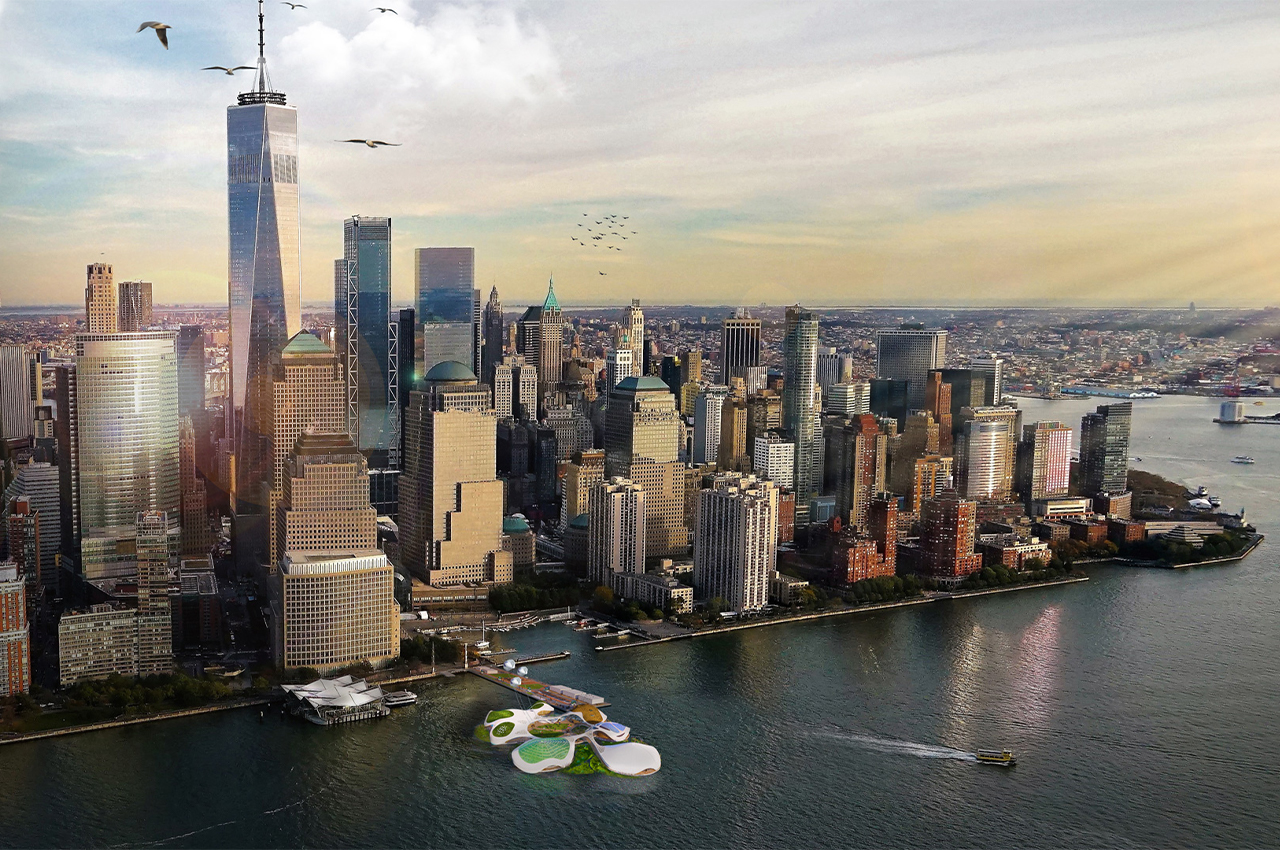
 Concerns about Zoom's security are having a real impact on its use in remote education. Some US school districts, including large ones like New York City and Nevada's Clark County, have banned or disabled Zoom over security and privacy worri...
Concerns about Zoom's security are having a real impact on its use in remote education. Some US school districts, including large ones like New York City and Nevada's Clark County, have banned or disabled Zoom over security and privacy worri...